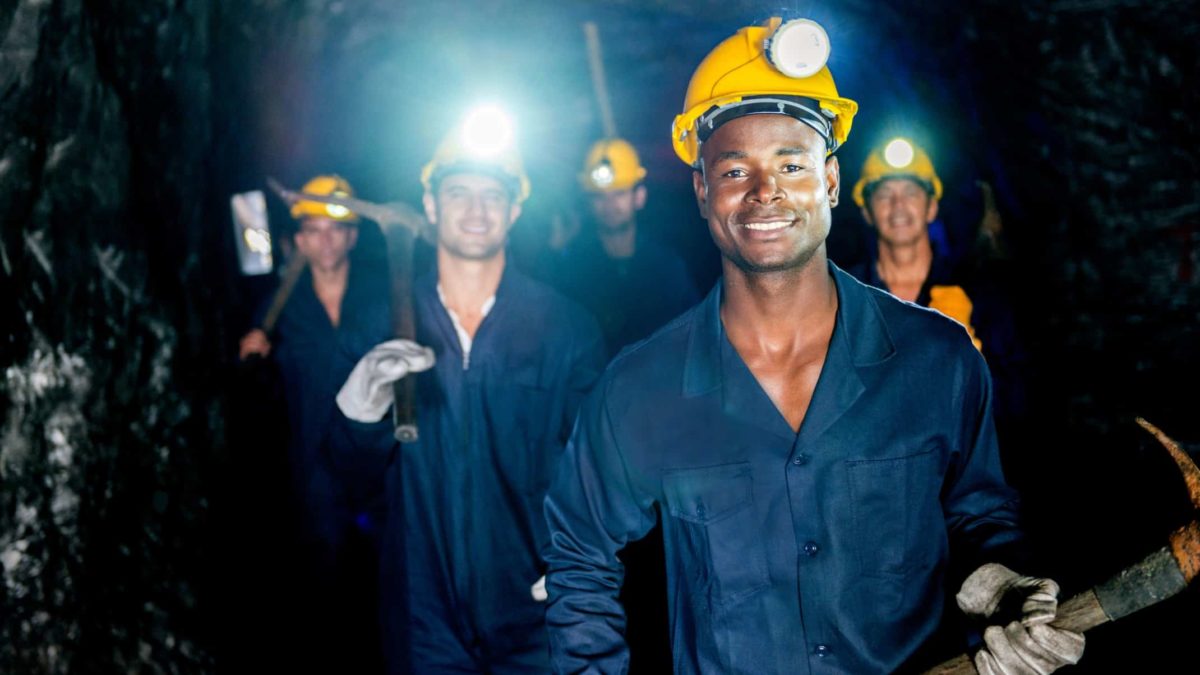ASX coal shares are largely charging higher today.
The New Hope Corp Ltd (ASX: NHC) share price is up 3.87% in afternoon trading and up 16.1% so far in 2021.
Fellow ASX coal share Whitehaven Coal Ltd (ASX: WHC) is also gaining. Its shares are up 0.57% today and up 7.0% year-to-date.
Meanwhile, Yancoal Australia Ltd (ASX: YAL) is up 2.9% today, though shares remain down 14.8% for the calendar year.
Headwinds and tailwinds for ASX coal shares
The rebounding share prices come as welcome news to ASX coal share investors. Particularly to those who've watched Aussie miners struggle with issues recently. Notably, these issues range from China's import bans on Australian coal to activists pressing for an end to Australia's coal industry.
Inclement weather has also hampered ASX coal shares, with heavy rains creating logistics issues. This setback happened as the miners were overcoming earlier COVID restrictions.
The supply-side issues, however, have mostly served to ramp up thermal and coking coal prices. And global demand remains strong.
This has seen the price of high-quality New South Wales thermal coal – with an energy content above 6,000 kilocalories per kilogram – more than double over the last 10 months.
According to the Australian Financial Review, "Top quality NSW coal… was fetching $US122 per tonne in recent days, the highest levels since July 2018."
As recently as last August that same tonne of top-notch coal was selling for less than US$50 per tonne.
Now, you might think that demand for thermal coal – the kind used to generate energy, as opposed to coking coal which is mostly used in steel production – would be lower in northern summer than winter. Coal creates heat when it burns, after all.
But demand tends to rise in hot weather. This is because it's still widely used in coal-fired power plants, generating electricity for millions of air conditioners. And it's more than the existing and ageing power plants we're talking about here. The world's 2 most populous nations, India and China, are still rolling out new coal-fired power stations every year.
The China angle
The Chinese government may have opted to eschew Aussie coal. But China's voracious demand for coal hasn't gone away. The Middle Kingdom has simply been buying it in other markets. Often of inferior quality and at higher costs than Aussie coal would have cost.
That's creating some big issues inside China.
According to Wood Mackenzie's analyst Rory Simington (quoted by the AFR):
China's domestic coal market is currently very tight due to significant demand increases and constrained domestic supply and a lower than usual level of imports. With supply improvement unlikely until at least July, seasonal demand increases during the summer will make the situation worse.
While we've grown accustomed to sky-high electricity prices Down Under, rocketing thermal coal prices are likely to see Chinese businesses and households shelling out more to keep the lights on as well.
"Chinese importers have had difficulty replacing Australian coal," Simington added. "One thing appears certain; Chinese consumers will be paying significantly more for coal than consumers elsewhere who are able to take Australian material."
What's next?
While it's impossible to predict what the Chinese government will do next, rising coal prices certainly are creating issues it would rather not have.
That's led Wood Mackenzie to predict China will ease its restrictions on imported coal as electricity demand ramps up heading into summer.
Coal magnate Nick Jorss has a bullish outlook for coking coal prices, which would offer additional tailwinds for ASX coal shares. According to Jorss:
With the China landed price still being substantially higher than the Aussie export price equivalent, some dislocation still exists, creating the potential for further price improvements for Australian coking coal.









